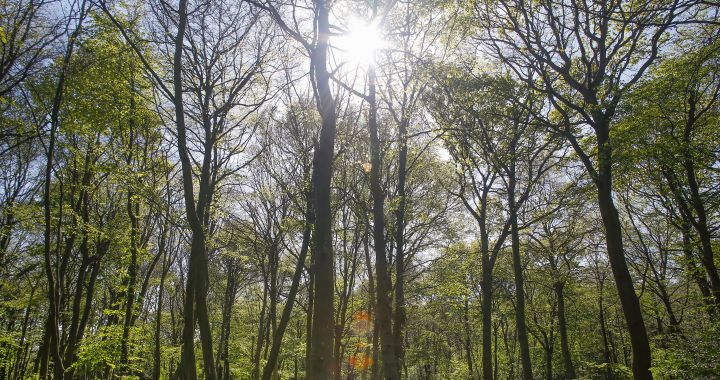Forests are magical places full of life. The ecosystems in which they live infinite species to those who serve as homes and whose protection is everyone’s business. But not all forests are the same. They are often the result of intensive reforestation, which has been very common for decades in Spain, which means that there is hardly a single species of trees. When this is not the case and several different forests coexist in the forest, we speak of mixed or complex forests.
This modality of ecosystems is precisely the one that is in the spotlight in the exhibition Complex forests, our allies, which can be seen these days and until next summer in the Mediterranean garden of the National Museum of Natural Sciences (MNCN), in Madrid, from where it will then travel to other places in Spain.
As explained in the exhibition, composed of 12 large format panels, The benefits that these forests bring to biodiversity and our well-being are manifold. Among them, the supply of resources (wood, water or food) or the regulation of ecosystems.
But there is more: these forests play a crucial role in the fight against climate change. As? Provide protection against extreme weather events or the regulation of the carbon or water cycles. For this reason, those responsible for the sample emphasize the importance of preserving these forests and the many animal and plant species they support, since greater biodiversity means a healthier ecosystem.
Citizen participation, key
“It is about proposing and promoting forest management methodologies, because complex forests are and will be crucial structures for the fight against the effects of climate change” explains Andrés Bravo, researcher at the MNCN. According to Xiomara Cantera, coordinator of the exhibition, “it is important to communicate the results of any scientific project, but in the case of this one, which has a part dedicated to the participation of citizens and managers of forest masses, it is vital”.
The panels, which are more than a meter high, achieve this mission of raising awareness with an aesthetic design inspired by the forest, “We wanted to describe the fundamental aspects of forests and their management throughs illustrations, photographs and explanatory texts. This approach is combined with the use of colors that simulate a natural environment in which different types of green, blue and brown predominate, as biodiversity should be in a mixed forest”, explains Alfonso Nombela, design manager of the sample.
The traveling character of the exhibition marked its unique characteristics. “We want the exhibition to be able to be hosted in different regions of Spain to convey this information to as many people as possible. In fact, we have created the French, Portuguese and easy-to-read versions so that the partners of the project can also disseminate it,” concludes Cristina Cánovas, head of exhibitions at the MNCN.

